Instant homeruns in the gaming industry are a rarity, and few can match the allure NetEase Games superhero PvP-shooter title, Marvel Rivals, has garnered in the month since its release. However, even with the many victories it has achieved in its relatively short lifespan, some components persist in affecting the game’s overall balance. For instance, some characters like Jeff the Land Shark and Hela are frustrating to fight against due to their overpowered status.
Although relatively minor, Marvel Rivals‘ balancing issues may run deeper than cosmetic touch-ups can fix, as gameplay clips have highlighted that a selection of characters may see reductions in their effectiveness when a player’s machine runs at 30 frames per second (as opposed to higher frame rates).
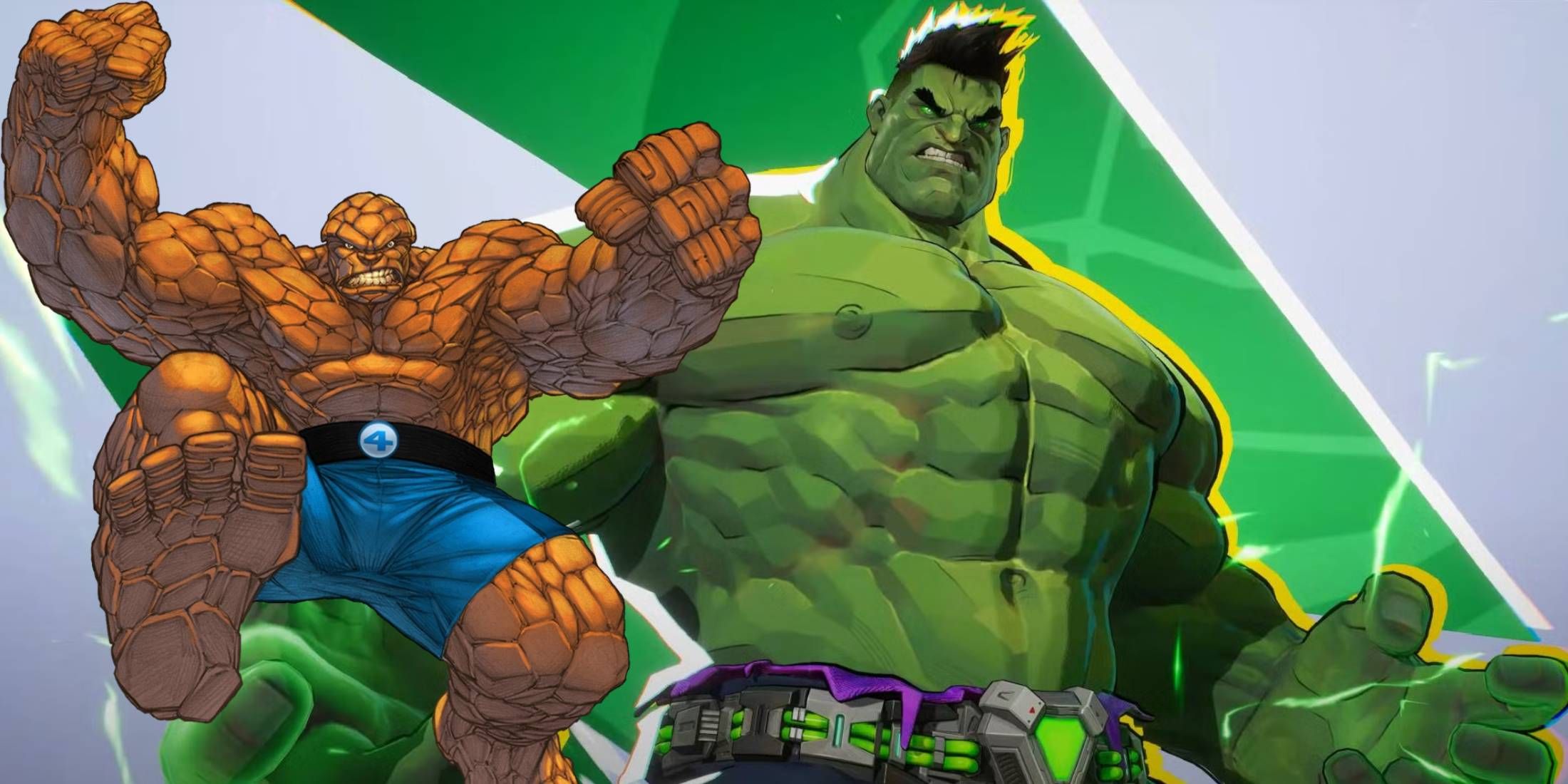
Related
How Marvel Rivals’ The Thing Could Stand Out from The Hulk
The Thing’s powers look a lot like the Hulk’s at first glance, but Marvel Rivals could easily make the two of them distinct fighters.
Marvel Rivals FPS Issue is Shifting the Balance of Power
Balance is key to any online gaming experience, and this is one aspect that has been a source of controversy regarding Marvel Rivals. A recent discovery shows that at least five characters (Venom, Wolverine, Magik, Star-Lord, and Dr. Strange) are nerfed when running at 30 frames per second compared to 60 or even 120.
Higher frame rates are generally favored in competitive shooters, as they allow players to get more information about their environment with fewer delays between frames, giving those with better computers a natural advantage. However, there usually isn’t any observable drop-off or boost in performance at any of these frame levels. This makes the viral video showing side-by-side comparisons of high and low frame rates on Marvel Rivals so surprising, as it seems higher frame rates hold a competitive advantage.
For example, Star-Lord’s ultimate ability deals more damage at higher frame rates, allowing players to take out enemies much quicker. Similarly, Wolverine’s Savage Claw combo after using a Feral Leap is a go-to neutralizing move, but the same doesn’t hold for the 30 FPS experience. With Venom, his movement is markedly more precise, showcasing sharper turns when wall-crawling at 160 FPS compared to the comparatively labored motion at 30 FPS.
Perhaps the most noticeable disparity comes in Magik’s case. Her dash is supposed to cover a distance of 15m and thrust the opponent into the air with a slashing attack at high frame rates. However, when played at 30 FPS, her range is significantly shorter, and she often misses the critical hit, leaving her open to a quick (and potentially fatal) counterattack. Since Marvel Rivals is such a high-octane title, this difference in movement speed could easily tank a player’s K/D ratio.
NetEase Might Have to Dig Deep to Solve the FPS Code
Solving the problem will be no mean feat, however, as the issue is said to be tied to a client-side prediction mechanism called Delta Timings – which is crucial for maintaining a smooth gameplay experience. This mechanic is used to update information on player movement received from the client’s computer, regardless of the time between uploads of movement information. Thus, separating the frame glitch from Delta Timings might be a tougher task than imagined.
Fortunately, NetEase is in the process of creating a fix for that issue. According to the Marvel Rivals Discord community manager, NetEase has acknowledged the complaints about hero movement and damage disparities at varying frame rates and is planning fixes to balance its game. Season 1, set to go live at 10 pm PST on the 9th of January, is reportedly bringing a much-needed patch update to fix the movement disparities. In addition to the much-needed performance and balance changes, more heroes like the Fantastic Four family are making their way to the arena in the future, meaning NetEase might be on track to continue Marvel Rivals‘ stellar run if all pans out.
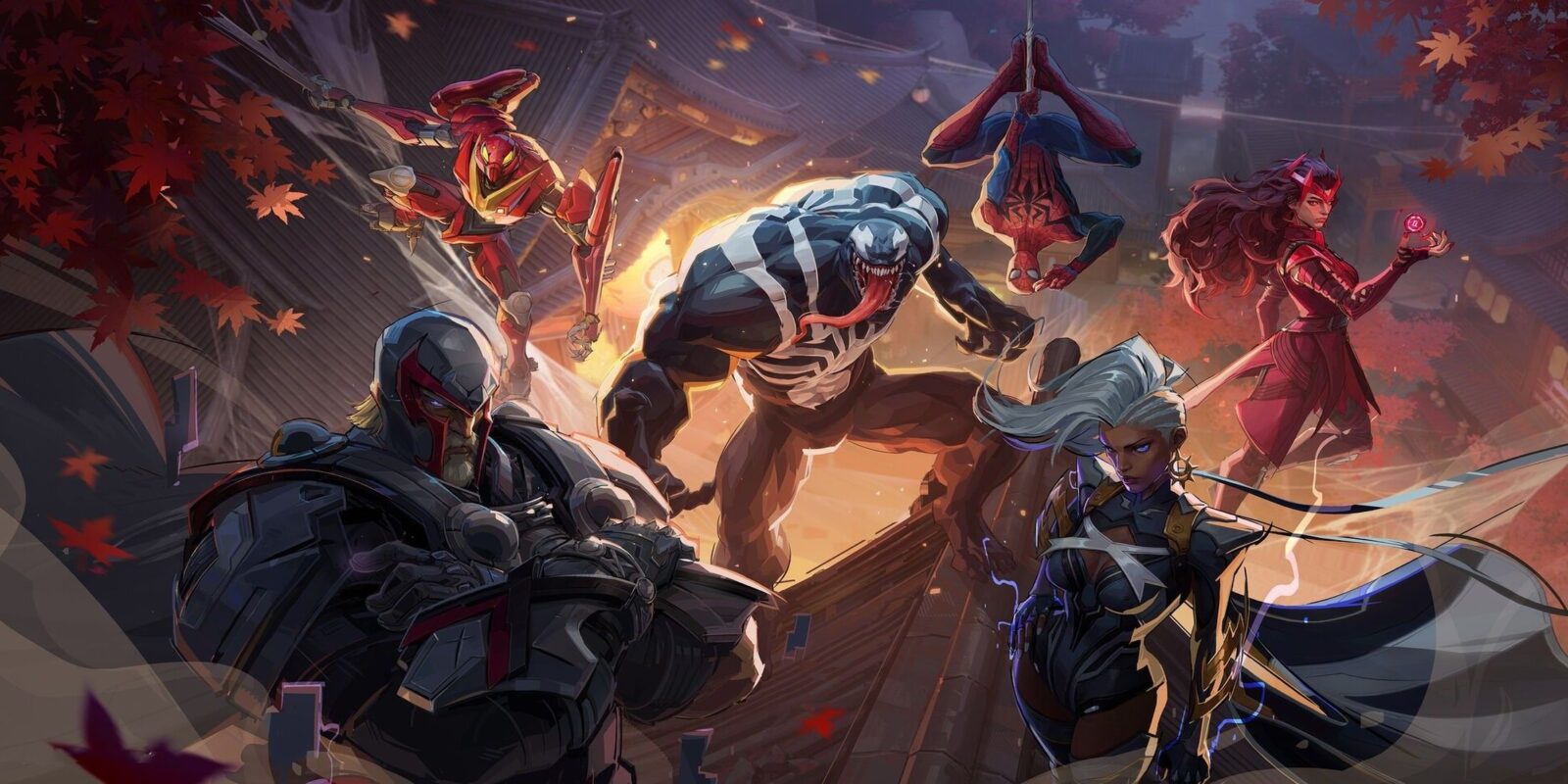
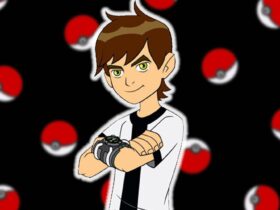
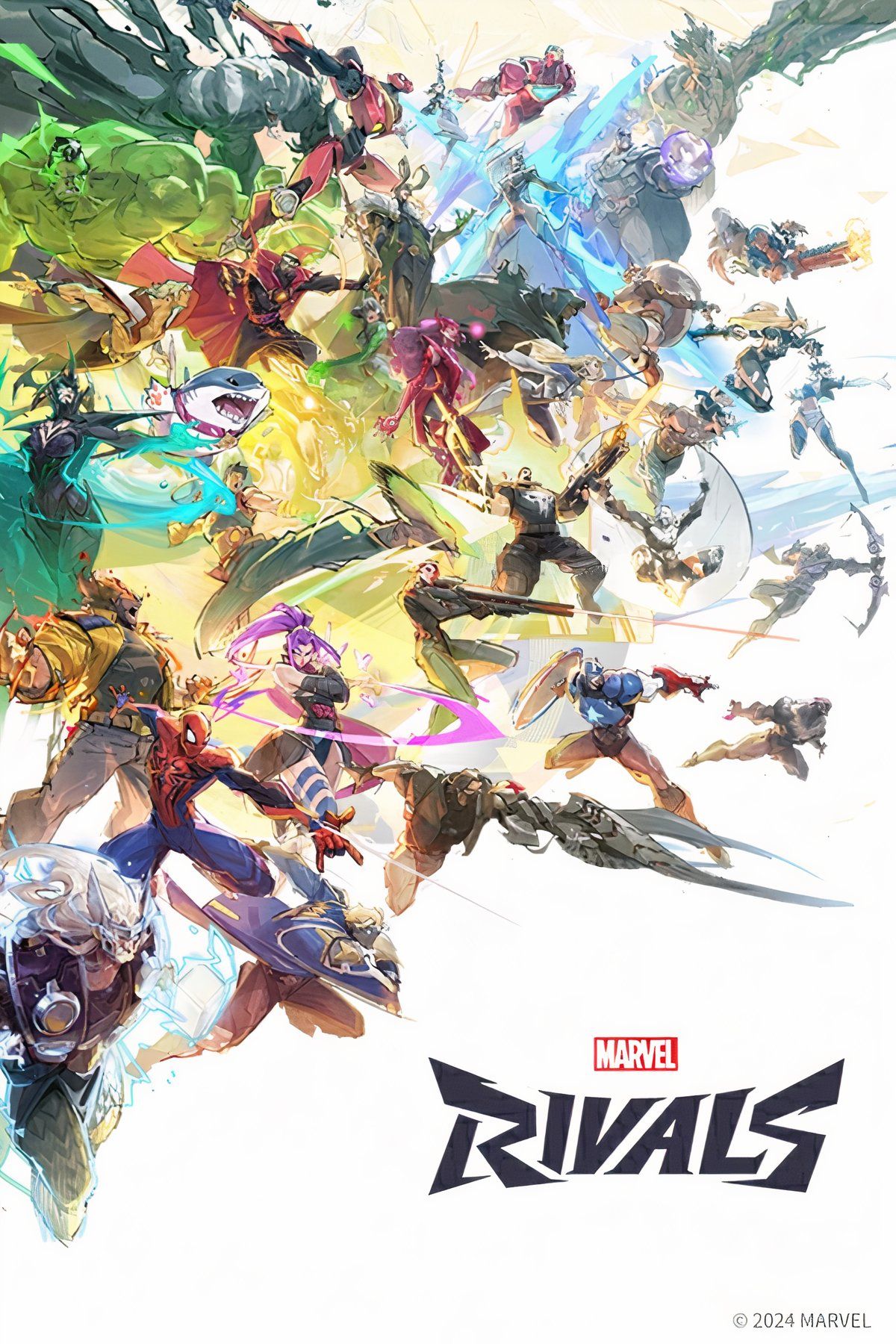
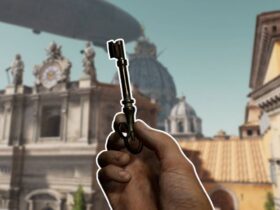

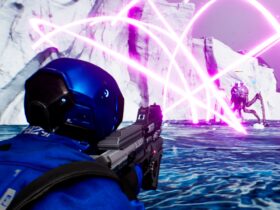
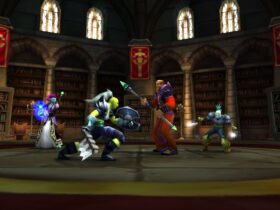


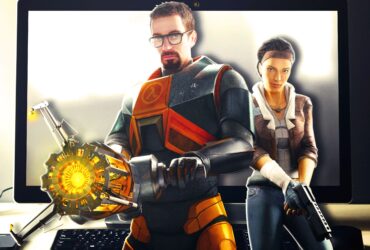
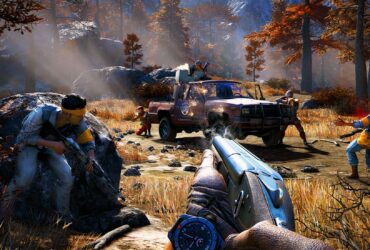


Leave a Reply